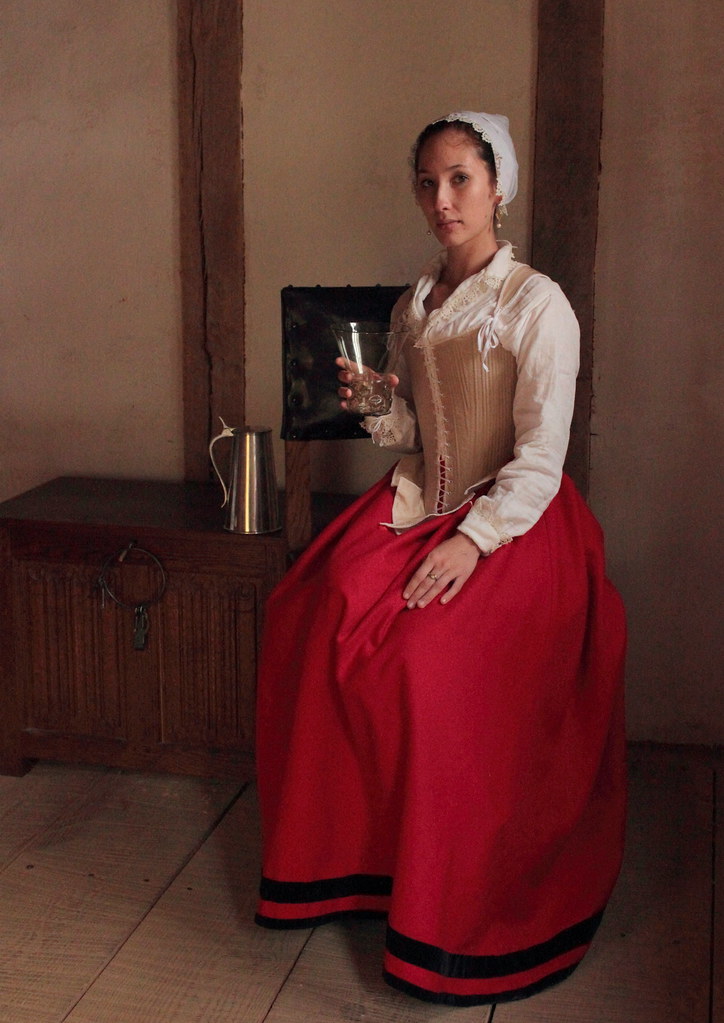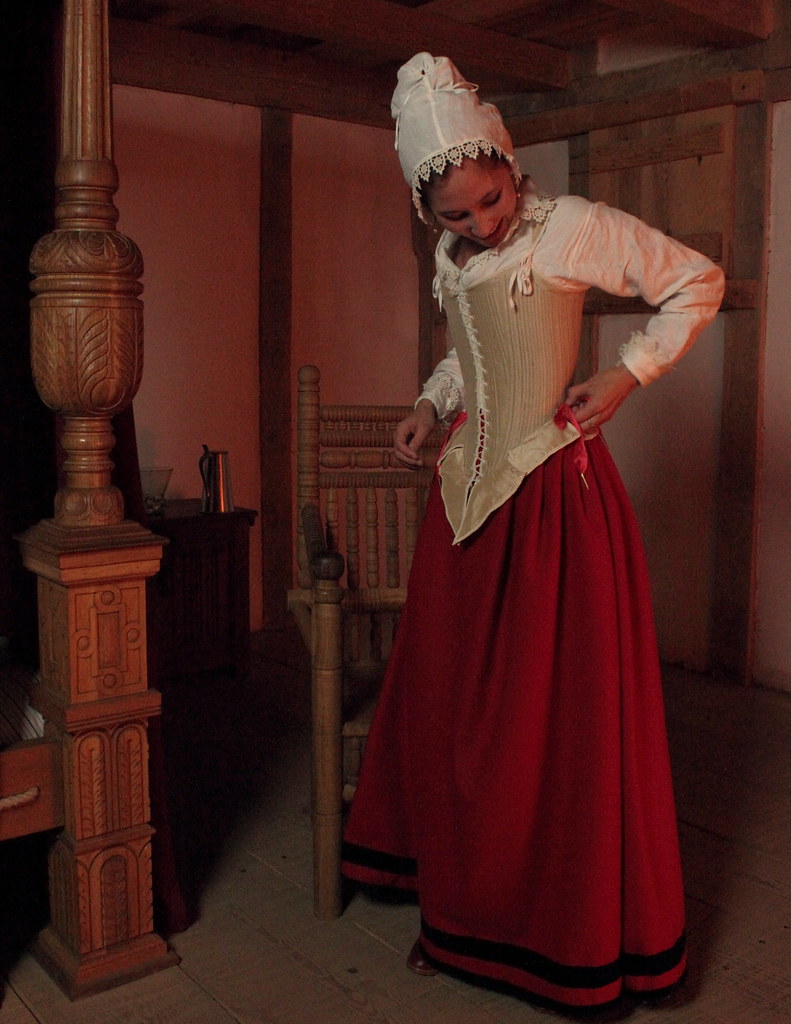There's been so much talk about mourning lately, especially with the Met Museum exhibit up and running. As long-time readers know, mid-19th century mourning clothing is a subject that I am very passionate about, and this Saturday I'll be reprising my lecture on mourning accessories and millinery at the southeastern regional Costume Society of America conference.
I just snagged this CDV on Etsy yesterday, and I wanted to share it with you all because it perfectly shows the types of accessories and millinery that my lecture focuses on. These accessories act as "clues" to let us know whether a woman might be in mourning.
For one thing, the woman wears a black collar and undersleeves. In the 1860s, collars, cuffs, and undersleeves for everyday wear were almost always white. But full mourning called for collars, cuffs, and undersleeves made of black crape. The woman also wears a widow's cap, which is a style of cap quite distinct from caps for everyday wear. It
has a very full "quilling" of trim around the front, creating the thick white halo around her head. Widow's caps sometimes have very long lappets as well, although they are absent from this example.
This excellent engraving of Queen Victoria shows her wearing a widow's cap, and you can see a bit more clearly the "quilling" trim. She also has a bow at the back of her cap, like the woman in my CDV.























































